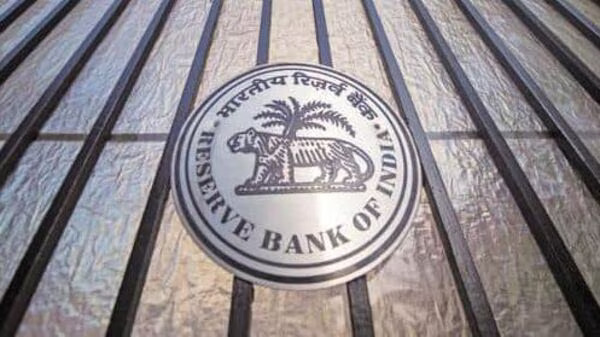
India’s current account (CAD) moderated to a seven-year low of USD 23.2 billion in FY2024, easing to 0.7 per cent as a proportion of GDP, from USD 67 billion which was 2.0 per cent of GDP in FY2023. The CAD more-than-halved, aided by, “a lower merchandise trade deficit according to the Reserve Bank of India on Monday, and a robust expansion in the services trade surplus.
Key features of India’s BoP data in Q4 2023-24 released by the RBI shows that India’s current account balance recorded a surplus of USD 5.7 billion (0.6 per cent of GDP) in Q4 FY 2023-24 as against a deficit of USD 8.7 billion (1.0 per cent of GDP) in Q3 FY 2023-24 and USD 1.3 billion (0.2 per cent of GDP) a year ago in Q4 FY 2022-23. The merchandise trade deficit at USD 50.9 billion in Q4 2023-24 was lower than USD 52.6 billion a year ago.
Economists saw the turnaround of India’s current account into a welcome surplus in Q4 FY2024 as being primarily driven by a narrowing in the merchandise trade deficit that printed to a 10-quarter low of USD 50.9 billion in Q4 FY2024 from USD 69.9 billion in Q3 FY2024. “The reversal exceeded ICRA’s more modest expectations,” says Aditi Nayar, Chief Economist, at ICRA.
Services exports grew by 4.1 per cent on a y-o-y basis in Q4 FY 2023-24 on the back of rising exports of software, travel and business services. Net services receipt at USD 42.7 billion was higher than its level a year ago at USD 39.1 billion, which contributed to the surplus in the current account balance during Q4 FY 2023-24. Net outgo on the primary income account, primarily reflecting payments of investment income, increased to USD 14.8 billion from USD 12.6 billion a year ago.
Private transfer receipts, mainly representing remittances by Indians employed overseas, amounted to USD 32.0 billion, an increase of 11.9 per cent over their level a year ago. In the financial account, net foreign direct investment flows were USD 2.0 billion in Q4 FY 2023-24 as compared with USD 6.4 billion a year ago.
Foreign portfolio investment recorded a net inflow of USD 11.4 billion in Q4 FY 2023-24 as against a net outflow of USD 1.7 billion during Q4:2022-23. Net inflows under external commercial borrowings to India amounted to USD 2.6 billion in Q4 FY 2023-24 as compared with USD 1.7 billion a year ago. Non-resident deposits recorded a higher net inflow of USD 5.4 billion than USD 3.6 billion in Q4 FY 2022-23.
There was an accretion of foreign exchange reserves (on a BoP basis i.e., excluding valuation effects) to the tune of USD 30.8 billion in Q4 FY 2023-24 as compared with an accretion of USD 5.6 billion a year ago. Net invisibles receipt was higher during 2023-24 than a year ago, primarily on account of services and transfers.
During 2023-24, portfolio investment recorded a net inflow of USD 44.1 billion as against an outflow of USD 5.2 billion a year ago. Net FDI inflow was USD 9.8 billion during 2023-24 as compared with USD 28.0 billion in 2022-23. In 2023-24, there was an accretion of USD 63.7 billion to the foreign exchange reserves (on a BoP basis).
The rating agency expects the CAD to rise slightly in FY2025, while remaining eminently manageable at 1.0-1.2 per cent of GDP, owing to a widening in the merchandise trade deficit in this fiscal, on the back of domestic demand and higher commodity prices. In particular, ICRA has assumed an average price of the Indian basket of crude oil of USD 85/barrel. A CAD of 1.0-1.2 per cent of GDP in FY2025 would be comfortably financed, particularly given the expectations of large FPI-debt inflows on account of the bond index inclusion starting end-June 2024, according to Nayar.















